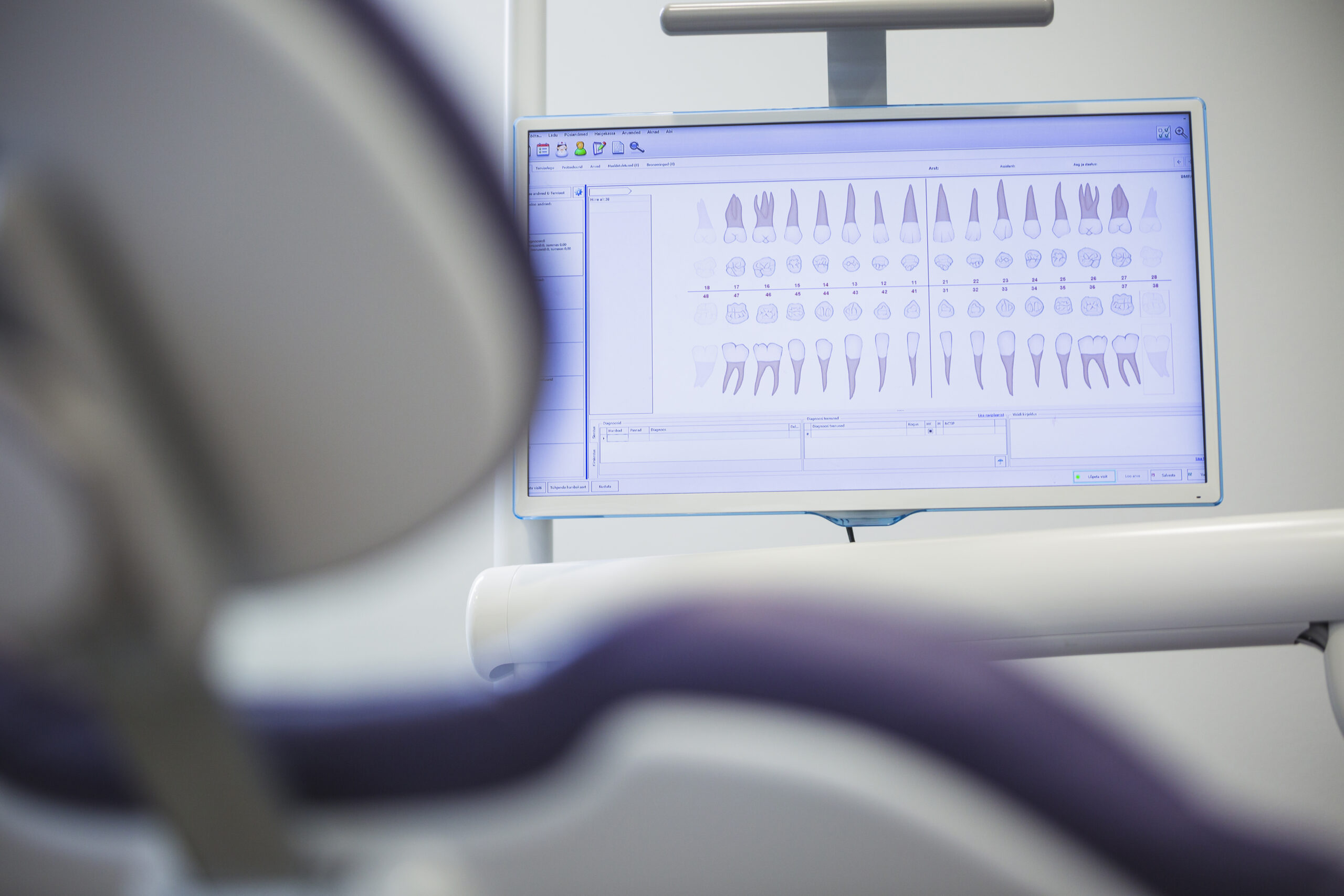Are you in urgent need of a dental implant? If so, you may be wondering how long the process takes. First, it’s important to be aware that this depends on several factors. During an initial consultation, questions about the healing time after implant placement will be addressed, and all of your concerns should be answered.
We understand that you may be hesitant about the dental implant timeline and step-by-step process, but don’t worry. Here, we’ll walk you through an extensive guide so you can understand every aspect of this topic. Let’s dive right in!
Key Takeaways on the Dental Implant Timeline: What You Need to Know
Typically, the dental implant timeline ranges from 4 to 9 months, although in certain cases it can extend to 1 year. The duration mainly depends on factors such as the need for bone grafting, a sinus lift, or ridge expansion. Moreover, osseointegration (the healing period for the jawbone to fuse with the dental implant) can take anywhere from 3 to 6 months, and sometimes even longer.
In addition to these key factors, the dental implant timeframe also considers the healing process associated with abutment placement (a small connector piece that serves as the mounting point for the complete restoration). This process happens 1 to 2 weeks after the initial healing.
The final crown placement also contributes to the dental implant timeline, which can take 2 to 3 weeks for fabrication. Once it is ready, it is attached to the abutment, completing the process.
What Can Delay the Duration of the Dental Implant Process?
At the initial stage, the dentist will conduct a comprehensive assessment. This allows them to provide an overview of the preparation, including the treatment plan, the estimated duration for getting dental implants, and an explanation of the steps involved in the dental implant process.
If you are wondering exactly how long it takes to get dental implants, keep in mind that certain dental procedures may extend the timeline. These include:
- Insufficient Jawbone Density
- Gum Disease
- Ridge Expansion
- Sinus Augmentation
Each patient’s dental implant process takes into consideration the challenges that may arise before and during the procedure. Overall, the timeline depends on each patient’s oral health and, of course, the type of dental implant they will be receiving.
Steps in the Dental Implant Process
Step 1: Consultation and Preparation
This step involves a dental exam, during which the dentist outlines the treatment plan. Through an X-ray, they gather essential information to determine whether you need additional procedures such as bone grafting or a sinus lift.
Step 2: Implant Placement
Once the dentist has compiled all the necessary information and determined if additional dental procedures are needed (such as addressing insufficient jawbone density), the surgical procedure begins. This process, which can take up to 2 hours, involves placing a metal implant, typically made of titanium or zirconia.
Step 3: Osseointegration
This refers to the healing time after implant placement, which is one of the most crucial phases in the dental implant timeline. The implant must properly fuse with the jawbone to ensure its success. This process can take anywhere from 3 to 6 months.
Step 4: Abutment and Crown Placement
After the implant has healed completely, the abutment is placed, followed by the crown. Once all these steps in the dental implant process are completed, your implant has successfully passed the test and is ready for use.
Are there Faster Dental Implant Timelines?
Indeed, there are faster dental implant timelines available today. Advances in dental technology have made this possible; however, it is still important for you to maintain good oral health and have a healthy jawbone.
While the process can take up to a year, here are some other options to consider regarding the timeline:
- Same-Day Dental Implants (Teeth in a Day): Also known as “immediate load implants,” this option allows patients to receive dental implants in just one visit. This procedure is well-suited for those with good jawbone density and oral health. However, the healing time after implant placement can still take several months.
- Mini Dental Implants: These are smaller and less invasive. Because of this, they allow for quicker placement and healing. Dentists commonly use them to stabilize dentures, and they can be placed in a single appointment.
- All-on-4® Treatment Concept: This technique uses only four implants to support an entire arch of teeth. It often eliminates the need for bone grafting. It’s an excellent option for patients seeking a faster full-arch solution.
Final Thoughts
Although a faster dental implant timeline might seem appealing, not every candidate has this option. Factors such as oral health—including bone density, gum health, and other considerations—are crucial to the healing time after implant placement.
If you’re unsure about your situation, our expert oral surgeons at Altura Periodontics will evaluate your case to determine the best implant treatment for you. Get the best dental implants!

